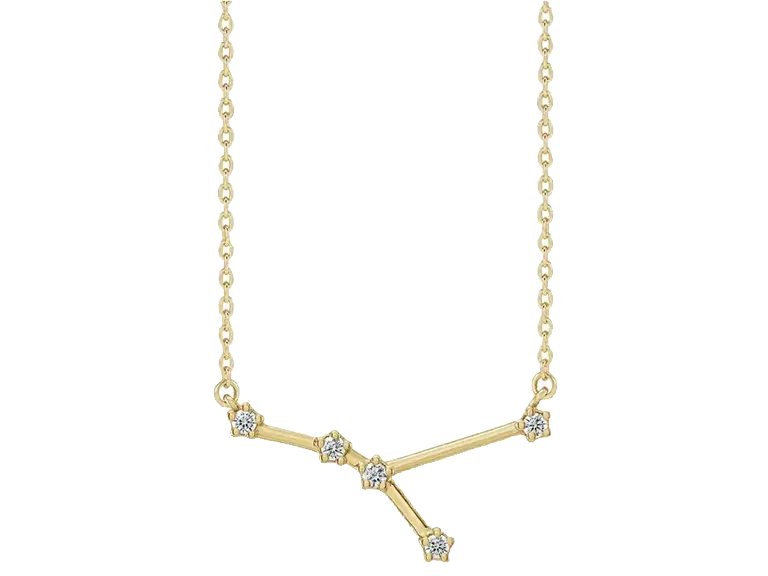
Every culture has its own unique wedding traditions, usually packed with symbolism and dating back for centuries. From the African tradition of jumping over a broom to the Jewish tradition of stomping on a glass—many of these non-Western traditions are well known in the U.S. because of our beautiful melting pot culture. But some are lesser known, like the traditional wedding toe rings of Hindu culture.
Never heard of wedding rings for toes? They date back to an ancient story about Sita, who is said to have sprung from the earth. She was the consort of one of the most widely worshipped Hindu gods. And when abducted by a 10-headed king of demons, she tossed off her toe ring in hopes that it would lead her rescuer to find her.
More than a thousand years after this story was written, toe rings remain a part of wedding traditions in many cultures in India. During the wedding ceremony, the husband puts a ring on each of his wife’s feet—on the toe next to the big toe. As with Western cultures’ ring on the third finger, these delicate toe rings symbolize the married state. They’re also believed to have connections with fertility. In Hindi, they’re called bichiya.
Traditional bichiya are quite ornate and are not to be made of gold. (In Hindu tradition, gold is a respected metal that may not be worn below the waist.) But times, they are a changing, and today you can find toe rings made from gold and even set with diamonds or other gemstones. What’s not to love about diamond wedding bands for your toes!?
As toe rings have become more and more popular in western culture, we think the bichiya tradition is such an inspiration. It could be beautifully adapted not only for Western wedding ceremonies but also for anniversary gifts and other gifts from the heart. (Hey, when the rock on the finger is already taken care of, maybe it’s time to look into diamond wedding bands for the toes!)


